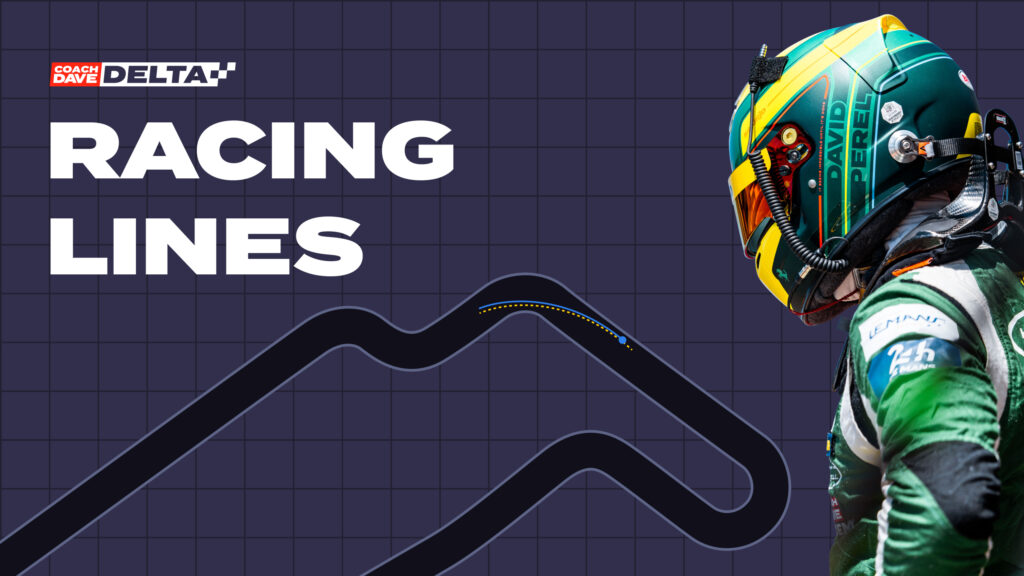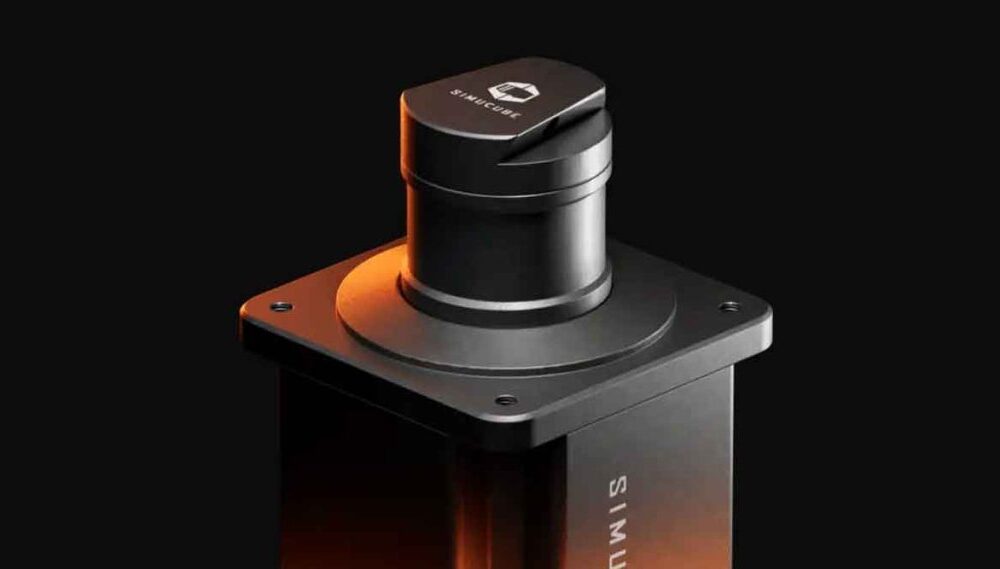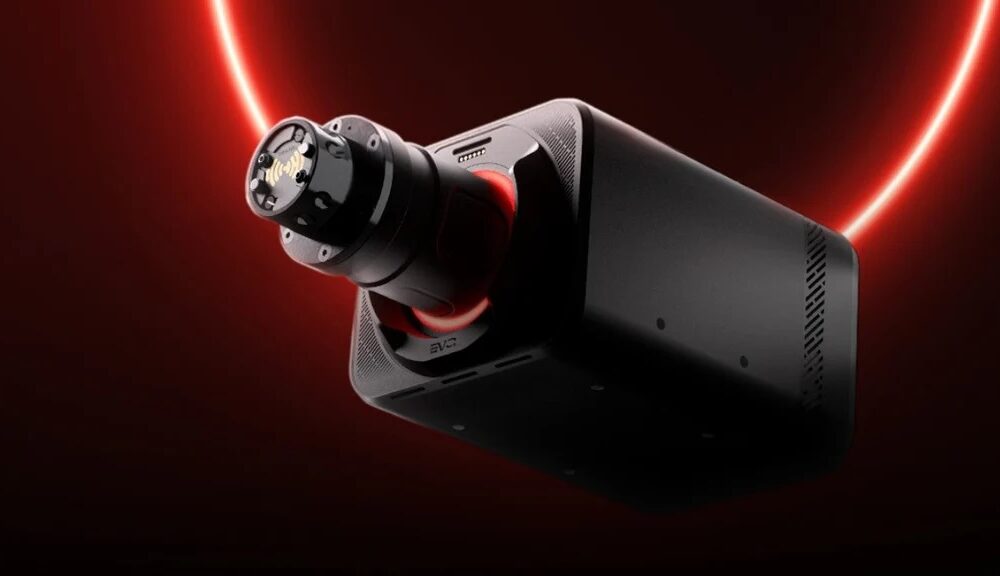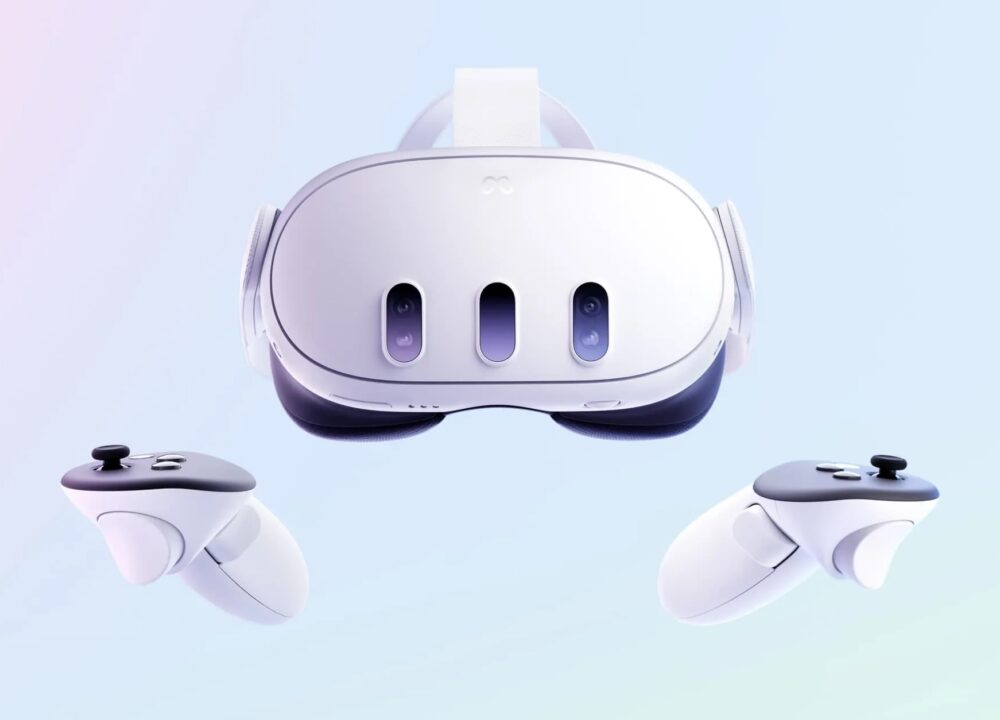Data analysis is a powerful tool for improving lap times and driving consistency. But to use it effectively, it’s essential to understand how to interpret your telemetry in various types of corners – each of which has unique characteristics and requires specific driving techniques.
With the most recent update on Coach Dave Delta, users now have the ability to clearly see their driving inputs (braking, throttle, etc.), as well as the car position of the driving line on track, which can help you understand your approach in different corner types (fast corners, slow corners, and chicanes), providing insights on where to gain speed, improve technique, and minimise lap time.
In this article, we’ll talk about, at a high level, how to analyse data in the most basic corner types, and what you should be looking for.
Understanding Data in Fast Corners
In fast corners, the goal is to carry as much speed as possible while maximising grip and maintaining stability. This requires balancing steering inputs to keep adjustments minimal, which ensures smoother, more controlled handling throughout the turn.
Smooth throttle application is also crucial; as you progress through the corner, gradually increasing the throttle without upsetting the car’s balance can help maintain speed on exit. Mastering these elements allows you to move confidently through fast corners, maximising both pace and control.
Coach Dave Delta makes it easy to see the timing and rate of applying the throttle, along with the line that you’re taking into the corner.
Speed Graph:
In fast corners, the goal is to keep as much speed as possible through the corner. Use your speed graph to check for any sudden dips or hesitations in speed, as these may indicate unnecessary braking or coasting that slows you down.
Steering Angle:
Fast corners should show smooth steering inputs. If your steering angle fluctuates rapidly, it could suggest you’re struggling to hold the line, possibly due to entering too quickly. Consistent steering indicates a well-maintained line. Coach Dave Delta provides a steering angle channel to make that information easy to find.
Throttle Position:
In fast corners, you’ll often feather the throttle rather than fully lifting off. Use the throttle trace to check if you’re modulating the throttle smoothly. Any abrupt cuts in throttle suggest hesitation, while full throttle too early could lead to understeer or losing control.
What to look for in fast corners:
When analysing fast corners, look for any sudden drops in speed or throttle input – these often signal hesitation or an overly aggressive entry that disrupts smooth momentum. Additionally, frequent or tight steering adjustments can indicate issues with either the racing line or entry speed, showing that the car may not be optimally balanced through the corner. Refining these areas can improve confidence and precision, helping you achieve a more fluid and controlled approach to high-speed turns.
Understanding Data in Slow Corners
In slow corners, the primary goal is to set up a strong exit for maximum acceleration. This starts with smooth, well-timed transitions between braking, turning, and accelerating, allowing for a seamless flow through the corner. A controlled and deliberate throttle application on exit is key, as it lets you build speed confidently without wheel spin or instability. By focusing on these elements, you can improve your performance in slow corners, setting up for faster sections ahead and gaining crucial time.
Analyzing Key Metrics:
Speed vs. Throttle Transition:
In slow corners, the speed drops considerably, so the focus should be on managing the exit to maximise acceleration. Look for a smooth throttle application that gradually increases as you exit the corner. Any rapid fluctuations in throttle could indicate difficulty finding traction. Coach Dave Delta allows you to see both channels combined with the driving line map, which can let you know how your line approach will affect your speed and throttle.
Brake Pressure Graph:
Slow corners typically require hard braking. Check that you’re braking hard enough, then progressively releasing the brake as you turn in. If your brake pressure graph shows a sharp release or a double peak, it could mean you’re struggling to balance braking and turning.
What to look for in slow corners:
Watch for any sudden spikes in throttle application, as these can indicate instability or a loss of traction as you exit the corner. Instability at this phase can compromise your speed onto the following straight, making it essential to control the throttle smoothly.
Similarly, pay attention to your brake pressure leading into the corner – releasing it too quickly or inconsistently can suggest a need for smoother trail braking. Effective trail braking will help balance the car and maintain control as you transition into the turn, ensuring a steadier and more predictable entry.
Understanding Data in Chicanes
In chicanes, the main goal is to carry momentum while managing rapid directional changes. To do this well, focus on controlling the car’s weight transfer to maintain balance as you navigate the turns. This requires precise steering inputs to keep the car stable, aiming for quick, accurate adjustments that avoid excessive braking. Striking the right balance between speed and control through chicanes lets you flow smoothly from one turn to the next, maximising momentum without sacrificing stability.
Analysing Key Metrics:
Steering:
Chicanes require precise steering, and any sudden changes or jerks in the steering data can indicate instability through these quick, tight transitions. Additionally, maintaining a stable speed (as much as the track allows) through the chicane is key; any major speed fluctuations usually mean lost time.
Brake Pressure and Throttle:
Unlike slow corners, chicanes benefit from light or even no braking, depending on the layout. Check your brake data to ensure you’re only braking as much as needed. Too much brake or throttle in chicanes often causes loss of control, so slight, progressive inputs are best.
What to Look For in Chicanes:
When reviewing data for chicanes, watch for any erratic lateral G-forces or steering inputs, which can signal a loss of grip as the car navigates rapid direction changes. These spikes often indicate that the car is unsettled, struggling to hold the intended line, or slipping.
Additionally, keep an eye out for any sudden braking or throttle application that could disrupt the car’s balance. Sharp, abrupt inputs in chicanes can unsettle the vehicle, causing it to lose momentum and stability. By identifying these signs in the data, you can pinpoint where smoother, more balanced inputs are needed to maintain control and flow through chicanes.
Final Tips for Interpreting Cornering Data
Consistency is key:
Across all corner types, consistent data patterns (smooth speed and throttle traces, predictable steering angles) indicate control and confidence. Look for any areas where your data shows sudden changes, as these often reveal areas for improvement. Coach Dave Delta easily allows you to see your consistency between sectors and between different laps, so you can decide which laps you want to analyse.
Use reference laps:
Comparing data from laps where you felt particularly fast or stable against laps with issues can highlight specific data changes that contributed to better performance. Use these comparisons to refine entry speeds, braking points, and throttle application for each corner type. Coach Dave Delta’s professional reference laps are a great place to look when wanting to use a trusted reference lap, and you can also book an online coaching session with us if needed.
Experiment and review:
Telemetry is best used in tandem with on-track experimentation. Adjust your driving line, braking points, or throttle control slightly, then review the data to see how these changes affect your performance. This way, you’re actively learning what makes a difference on the track.
Try different driving techniques and compare how they affect your input traces. For instance, experiment with earlier throttle application at corner exit or adjust your lift-and-coast technique to find the most efficient way through a corner. You can also experiment with the various setups provided by Coach Dave Delta, to see if a particular setup change aligns better with your driving style.
Conclusion
By learning to read and interpret telemetry for different cornering types, you’ll gain insight into both your driving style and your car’s handling characteristics. This analytical approach not only improves lap times but also builds confidence, helping you push the car to its limits while staying in control.







